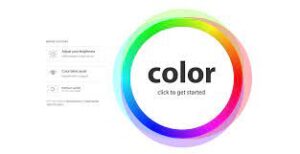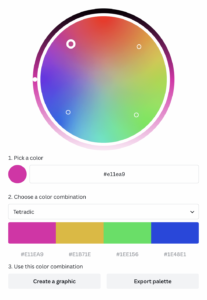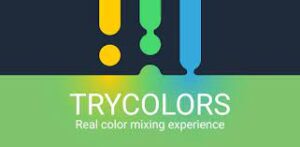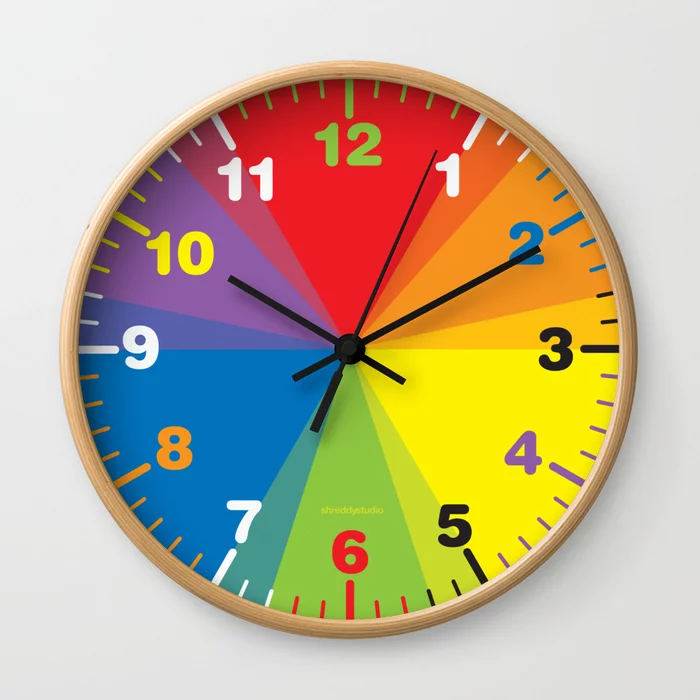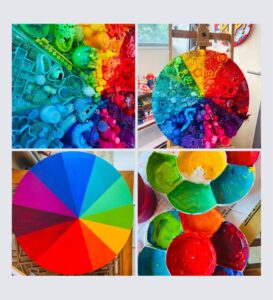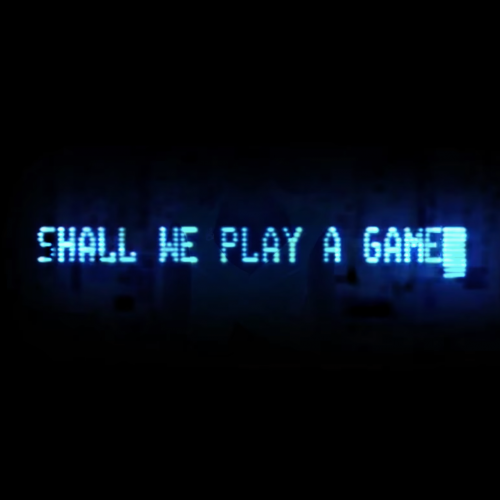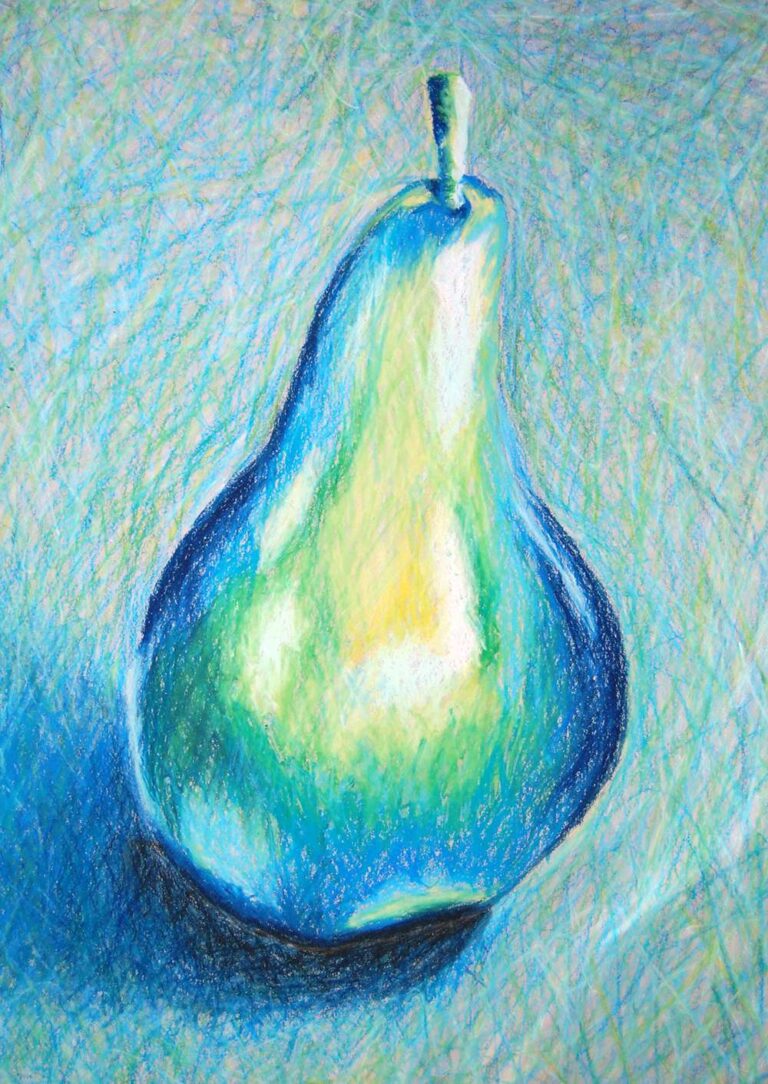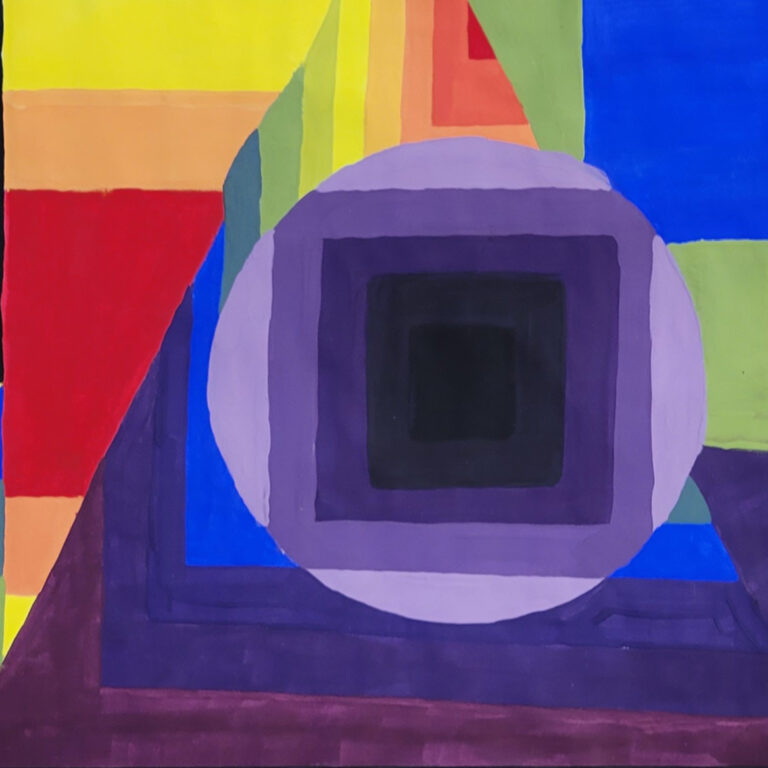1. Color Game – Method of Action
This website is a color-matching game. Method of Action was born in 2011 and was a collaboration between María Munuera and Mark MacKay. They created these games as part of an online course for learning design by practice.
2. The X-Rite Color Challenge and Hue Test
The X-Rite Color Challenge and Hue Test. Are you among the 1 in 255 women and 1 in 12 men who have some form of color vision deficiency? If you work in a field where color is important, or you’re just curious about your color IQ, take our online challenge to find out. Based on the Farnsworth Munsell 100 Hue Test, this online challenge is a fun, quick way to better understand your color vision acuity.
3. Adobe Color: Color wheel, a color palette generator
Create color palettes with the color wheel or image, and browse thousands of color combinations from the Adobe Color community.
4. Canva Color wheel
The color wheel shows the relationship between colors. Create the perfect color scheme for your next project. It’s easy and free!
5. Paletton – The Color Scheme Designer
A designer tool for creating color combinations that work together well.
6. Color Calculator
Whether you’re designing a logo or painting a house, choosing colors can be frustrating. Where do you start? Which colors work together, and why? How can you creatively explore different moods or directions? Use the free Color Calculator to explore creative color options for your design project. Simply pick your base color(s), choose a color harmony, tweak/explore as needed, and see results. You’ll get a report of the hex, RGB, and CMYK color values for your project and see your colors applied to design samples. Share or print, rinse, and repeat.
7. TryColors.com
A free online color mixing tool that helps you blend paint or dye.
8. Beginning Graphic Design: Color
In this video, you’ll learn the basics of using color in graphic design. Visit Beginning Graphic Design – Color for our text-based lesson. This video includes information on:
• Hue, saturation, and value
• Creating monochromatic, analogous, and other color schemes
• Avoiding common color mistakes
• Choosing the right color
• Finding inspiration
9. Blendoku
Blendoku is a free puzzle video game for Android and iOS mobile devices developed by Los Angeles-based studio Lonely Few, which was founded by Australian developer Rod Green and Yeong-Hao Han. In Blendoku, players are given a grid of squares, some with colors provided, some not.
10. Color Mixing Olympics
Art Teacher Mary Jane Johnson came up with what she calls the “Color Mixing Olympics.” She writes:
While I don’t usually like competition in the art room, I have found the Color Mixing Olympics to be a great motivator. Students learn the color mixing theory knowing they will use it in a competition, then they work in groups of 3 or 4 to mix colors to replicate color samples on randomly distributed magazine pages. The team that accurately matches the most colors wins, and the teacher is the final judge of whether the color is accurately matched. By working in groups, they are inspired to pool their knowledge and reinforce each others’ learning. It is loud, wild, and chaotic, but fun and effective. Students reminisced about the activity later, and their color mixing improved a lot.
11. Buy this clock
Created by art teacher Dennis Webber. Do any teachers struggle to teach the artist color wheel and the basics of paint mixing? Below is a useful wall clock that does double duty: it shows how you can use only three primary colors (red, yellow, and blue) to mix your secondaries (orange, green, and purple) and tertiaries. The primary colors are larger to get across the idea that you really only need the three colors to make the rest.
The numerals placed within some colors are done to help teach students that tone need not be modulated only with black and white, but that one can modulate color by adding the opposite color from the opposite side of the color wheel (for instance, you can quickly darken red by adding its opposite green, etc). Of course, because it is a clock it also allows you to use numerals to guide students about these concepts. Because this item is a clock it is easy to incorporate into your classroom or artist studio. And so the students in your class who are clock-watchers accidentally become the first to understand color theory!
12. Color Wheel Collection
Another idea shared by art teacher Jules White. Make a color wheel and find colorful items to attach to the appropriate section. Or, make it an early-finisher project.

